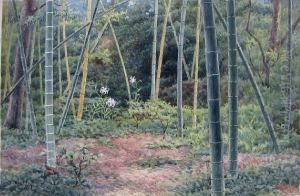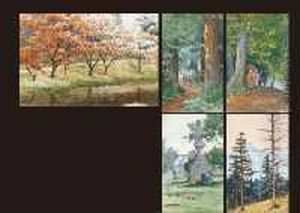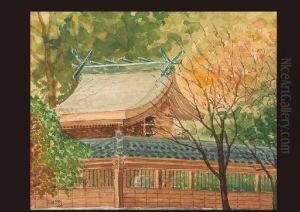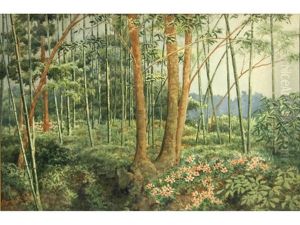Tojiro Oshita Paintings
Tojiro Oshita was a Japanese painter, born in 1887 in Japan. His work is less known compared to the giants of Japanese art from his time, but he made significant contributions to the development of modern Japanese painting. Oshita's career spanned a period of great change in Japan, as the country was rapidly modernizing and Western influences were becoming more pronounced in its art and culture.
Oshita's work blends traditional Japanese techniques with Western styles, reflecting the transitional nature of Japanese art during the late 19th and early 20th centuries. He was particularly influenced by the yōga (Western-style) painting that was gaining popularity in Japan during his lifetime, but he also drew inspiration from nihonga, traditional Japanese painting. This blend of influences allowed him to create unique works that were deeply personal yet resonated with broader trends in Japanese art.
Despite his talents, Tojiro Oshita's career was relatively short-lived; he died in 1923 at the young age of 36. The exact cause of his early death is not widely documented, which adds an element of mystery to his life and work. Because his career was cut short, his output was not as extensive as some of his contemporaries, which may explain why he is not as well-remembered today.
Nevertheless, Oshita's contributions to the Japanese art scene were significant. His efforts to synthesize Eastern and Western artistic principles exemplified the broader cultural shifts occurring in Japan at the time. Today, his work is appreciated by art historians and collectors who recognize his role in the evolution of modern Japanese art. Although details about his life and career might be sparse, the existing works of Tojiro Oshita continue to offer insight into a pivotal moment in the history of Japanese art.



